【Zen Flower Arrangement】Zen Flower Making Techniques (1)
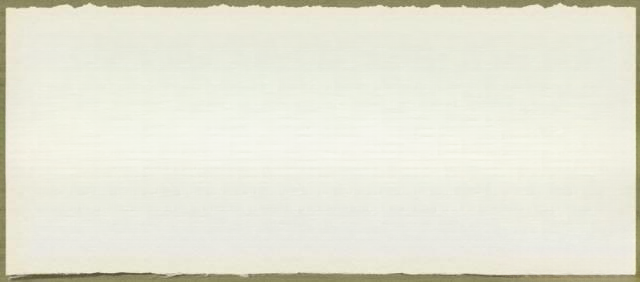
Zen flower making skills
Commonly used techniques for fixing Zen flowers
Zen flowers have a unique style, namely "clear", "simple", "quiet" and "harmonious".
According to its unique style, the commonly used techniques for fixing Zen flowers also have more natural characteristics, making the fixing of Zen flowers more concealed and the flower body more clear and simple.
Common techniques for fixing Zen flowers include Jianshan, Qibao and Beehive (Figure 6-1). They are mainly used to fix flower materials such as plate flowers and bowl flowers.
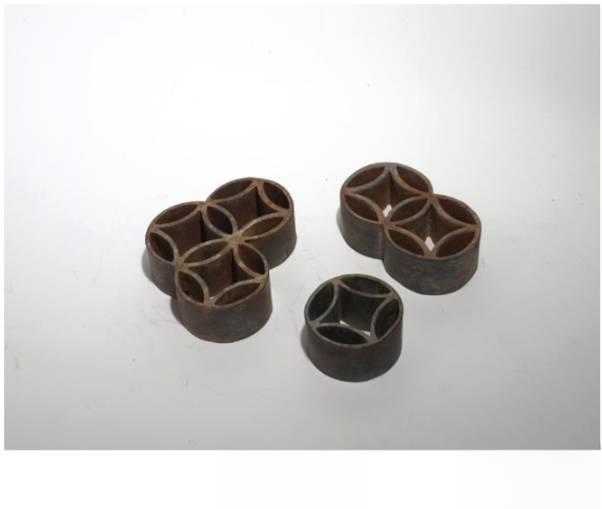
The commonly used natural fixation method is to use a "spreader" made of wood segments, which is mainly used to fix flower materials such as vase flowers, tube flowers and tank flowers. Branches support each other, vertical clamps, fix branches in sand or small gravel, and fix with hooks. It is often used to fix flowers in various deep-bellied flower vases.
In modern times, the most common method of fixing flowers in flower arrangements is to use floral mud to fix flowers and plants. It has good water absorption and water retention, but the surface of floral mud is large, which can easily cause the flowers to become bloated. Therefore, it is often used as an auxiliary material for fixing large, high and deep flower containers such as vases and jars, or combined with other fixing methods. When floral mud is used as an auxiliary, the height should be lower than the mouth of the container so that the floral mud is not visible at the root of the flower branches.
How to fix Zen flowers
1. Jianshan fixed
(1) The Origin of Jianshan
In Shen Fu's "Six Records of a Floating Life", "Leisure Notes" records: "For basins, bowls, plates, and washbasins, use bleach, rosin, elm bark, flour and oil. First boil rice ash to make glue. Press copper sheets upwards, burn the paste, and stick the copper sheets on the basins, bowls, plates, and washbasins." This became the prototype of Jianshan. Through the efforts of Japanese florists, the Jianshan we use today was formed.
(2) Placement of Jianshan
It is not advisable to place the sword mountain at any position in the flower vase at random. Different flower vases should be placed in different positions and methods to reflect their natural state.
1) For flower vases such as water trays, bowls, stoves, and tripods with wide mouths and narrow bottoms, the sword mountain should be placed in the center of the bottom of the flower vase in principle (Figure 6-2). This placement allows the flower arranger to use the center of the flower vase as a fixed point and insert the flowers in all directions, such as front, back, left, and right, which seems to grow from one place, and the effect is excellent.
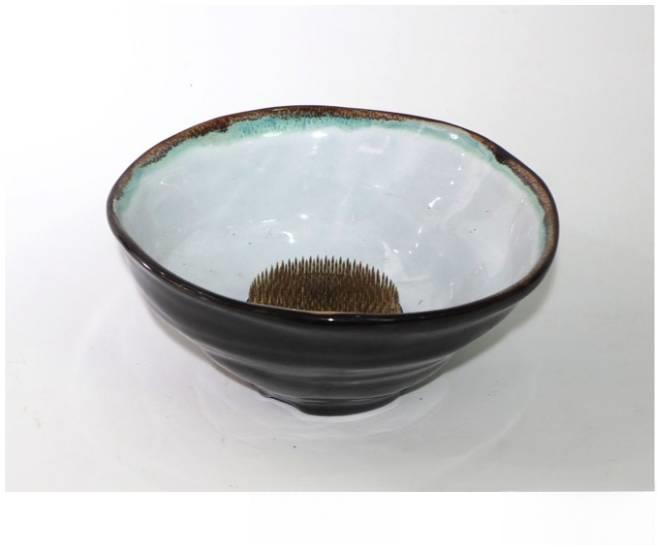 2) For wide-mouthed and wide-bottomed vases, the placement of the sword mount is different for round, square, and rectangular vases. Generally, for round and square vases, the sword mount is placed at the southeast, northeast, southwest, northwest corners and the center of the vase based on the center of the vase. For rectangular, oval, and other long vases, the sword mount can be placed on the left or right side of the vase. Of course, when making two or more sets of flower bodies, the left and right sides can be placed at the same time (Figure 6-3).
2) For wide-mouthed and wide-bottomed vases, the placement of the sword mount is different for round, square, and rectangular vases. Generally, for round and square vases, the sword mount is placed at the southeast, northeast, southwest, northwest corners and the center of the vase based on the center of the vase. For rectangular, oval, and other long vases, the sword mount can be placed on the left or right side of the vase. Of course, when making two or more sets of flower bodies, the left and right sides can be placed at the same time (Figure 6-3).
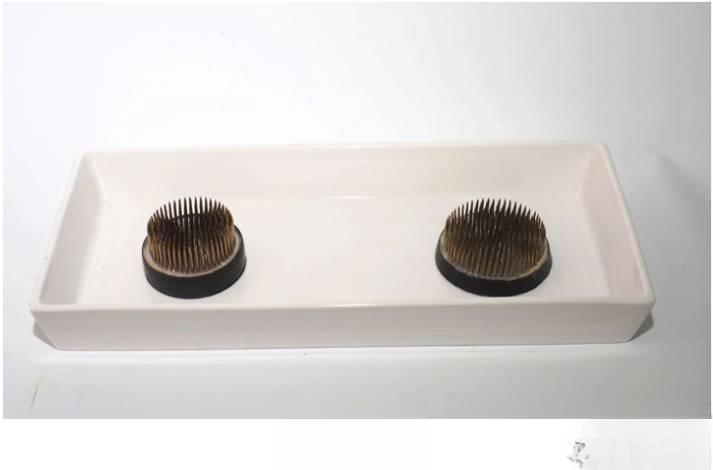
The position of the Jian Shan in the flower vase generally depends on the natural growth direction of the main trunk selected by the planter. The Jian Shan should be placed in the opposite direction of the main trunk's inclined growth direction. For example, if a round water tray is used, and the main flower branch grows inclined to the southeast, the Jian Shan should be placed in the northwest corner of the round water tray (Figure 6-4).
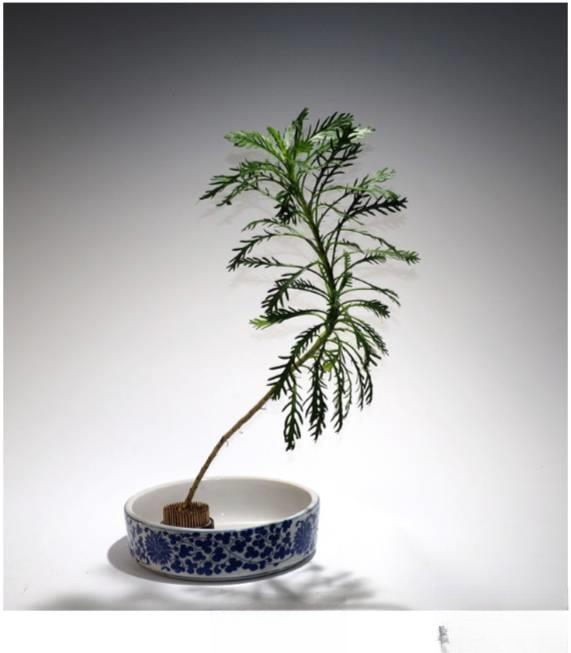
3) Unlike shallow water dishes with wide mouths and bottoms, high-footed flower vases, such as high-footed bowls, high-footed plates, high-footed cups, high-footed bowls, vases, etc., have relatively small mouths. Therefore, the sword mountain must be placed in the center of the flower vase so that the high foot of the flower vase and the flower body are connected to form a complete and unified work. For flower vases with deep inner bellies, such as bottles, it is necessary to use small particles such as sand to fill the belly of the flower vase to an appropriate depth without polluting the water, and then place the sword mountain (Figure 6-5).
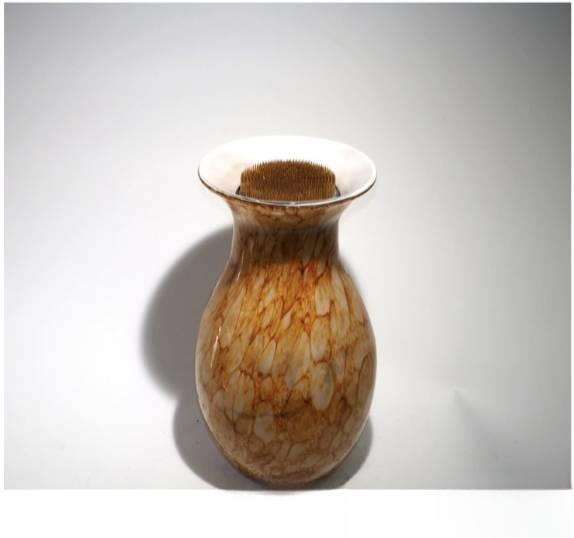
4) The flower basket cannot hold water. You need to choose a water container of the same size as the flower basket and place it at the bottom of the basket. Then place the sword mountain in the container. Generally, the sword mountain is placed at the southeast, northeast, southwest, northwest corners of the water container based on the center of the flower basket and at the center of the water container (Figure 6-6).
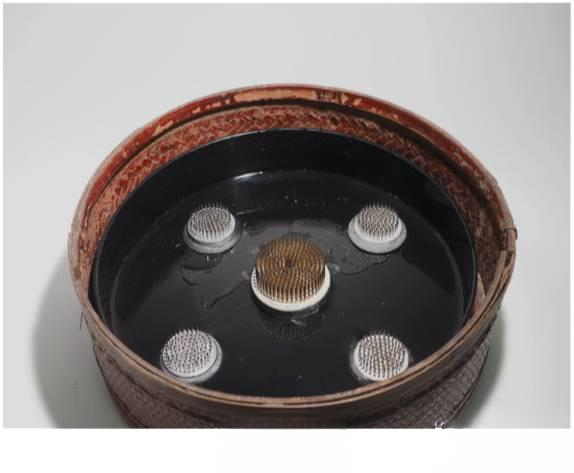 5) The placement of the sword mountain should also be changed according to the season. For example, for a wide-mouthed and wide-bottomed flower vase, the sword mountain can be placed at the four corners of the flower vase. If it is in summer, try to use the back side of the flower vase to expose the water surface of the water tray, so that the viewer feels cool. If it is in winter, use the front side of the flower vase more to reduce the exposure of the water surface. In spring and autumn, you don't need to be too particular.
5) The placement of the sword mountain should also be changed according to the season. For example, for a wide-mouthed and wide-bottomed flower vase, the sword mountain can be placed at the four corners of the flower vase. If it is in summer, try to use the back side of the flower vase to expose the water surface of the water tray, so that the viewer feels cool. If it is in winter, use the front side of the flower vase more to reduce the exposure of the water surface. In spring and autumn, you don't need to be too particular.
6) Sometimes the bottom of the flower vase is not flat enough. To place the sword mount, we need to use small particles such as sand to fill the bottom of the flower vase and not pollute the water, and then place the sword mount. The bottom of the sword mount should be equipped with a rubber gasket. On the one hand, it can prevent slipping when inserting forcefully even though the bottom of some flower vases is flat. On the other hand, it can prevent unnecessary damage to the flower vase caused by the electrolytic reaction of metals in the water.
7) The function of the sword mountain is not only to insert flowers, but also to support the overall flower shape with its own weight. If there are many flowers inserted into the sword mountain and the volume is large, the whole work will be too heavy and overturned. In this case, another piece or several pieces of sword mountains can be turned upside down to bite the piece of sword mountain that fixes the flowers (Figure 6-7).
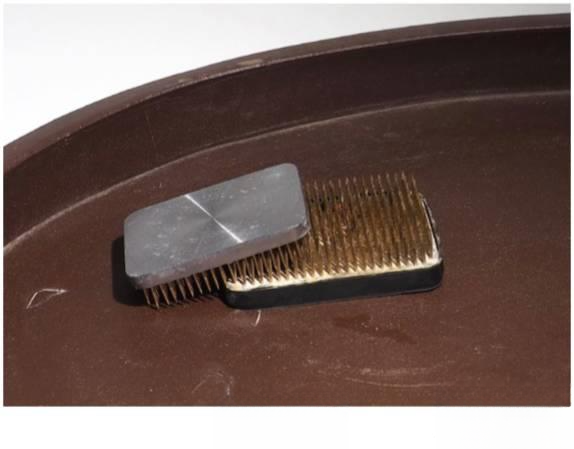 When making large flower arrangements, if the size of the sword mountain is limited, one sword mountain alone is not enough. You can place several sword mountains side by side and nail them together horizontally with several small branches.
When making large flower arrangements, if the size of the sword mountain is limited, one sword mountain alone is not enough. You can place several sword mountains side by side and nail them together horizontally with several small branches.
(3) Fixing methods of Jian Shan
Different Jian Shan can be selected for different flower materials. The needles of Jian Shan can be sharp and dense, or sparse and thick. If the needles of Jian Shan are twisted, they can be repaired and straightened with a corrector before use.
1) How to insert twigs and flowers
Grass flowers and twigs are inserted into the sword mountain according to the needs of the work and the beautiful posture of the plants' natural growth. If the roots are too thin and the needles and gaps of the sword mountain cannot be fixed, you can first roll the roots of the flower stems with paper or leaves, and then insert them into the sword mountain. Similarly, these twigs, thin stems or flowers with heavy heads can also use slightly thicker branches and stems to make "attached wood" (Figure 6-8). Put the attached wood close to the flower stem, from the flower stalk to the root, tie it firmly with wire, and wrap it with green, brown or other adhesive tape to cover the artificial traces. This method of tying other twigs to the roots is often used. For works that insert a bunch or many flowers and plants, you can use ropes, wires, etc. to tie the roots of these flowers and plants into a bunch and then insert them into the sword mountain (Figure 6-9).
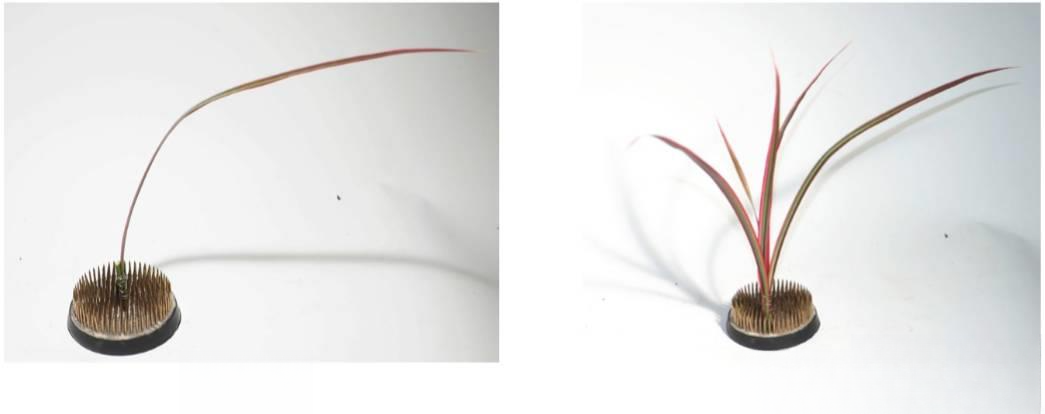 2) How to insert hollow stem flowers
2) How to insert hollow stem flowers
For example, the flower stems of amaryllis, water lily, lotus, calla lily and other flowers are hollow. Directly inserting into the sword mountain can easily damage the base of the flower stem, which cannot be fixed and causes the flower body to fall. For some flowers with fleshy flower stems, you can use a twig to insert into the hollow stem, and trim the twig and the flower stem to be flush, use transparent tape to basically surround the fleshy flower stem and then insert it into the sword mountain (Figure 6-10). For example, horsetail and other flowers have hollow flower stems, but they are not fleshy. Only the hollow flower stem is inserted into the twig, trimmed flush, and inserted into the sword mountain.
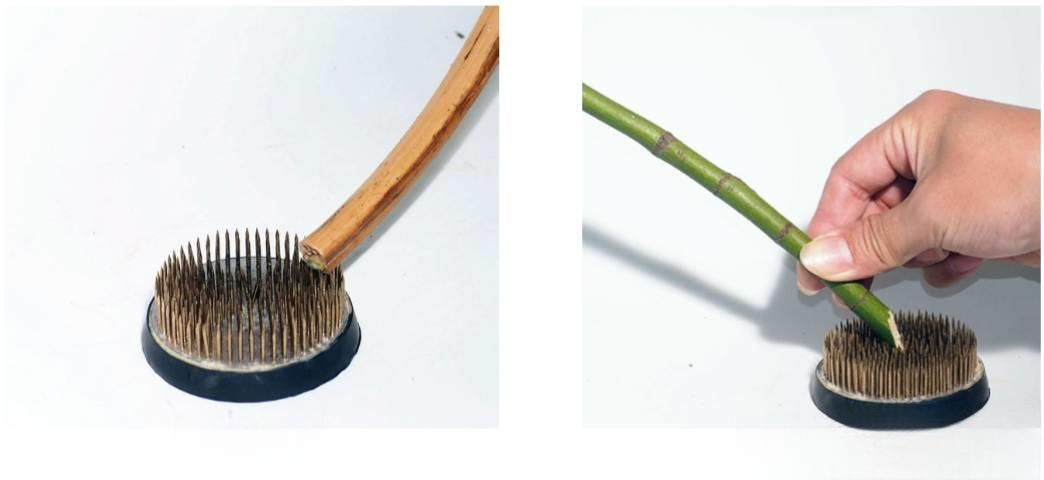
3) How to insert branches
Sometimes branches for flower arrangement need to be tilted. They must be inserted vertically first, and then pressed on the sword mountain (Figure 6-11). The trick of this method is to first insert the oblique root vertically between the needles of the sword mountain, and then press the root in the direction of the desired tilt. Since the base of the flower material is cut into an inclined surface, when the flower material is pressed obliquely, the skinned part of the base of the stem will be inserted on the needles of the sword mountain, so that the oblique flower branch can be fixed.
4) How to insert the rough wood
When the flower material to be inserted in the work is a thick material such as a tree trunk, bamboo, or driftwood, the base of the thick branch can generally be cut obliquely before inserting the sword mountain. If the branch is too thick, the base cut can be cut longitudinally into a cross opening or a "rice" or "well" (Figure 6-12). In this way, there are many gaps at the base of the thick wood, which makes it easy to insert the sword mountain and fix it. If you want to insert it vertically, you need considerable force. You can first cut the root into a cone shape to reduce the contact surface of the sword mountain and make it easier to fix it. It is not advisable to use a heavy hammer. On the one hand, the fixation is shallow, and on the other hand, it is easy to cause serious damage to the flower pot and the sword mountain. For some hardwood branches and tubers such as driftwood, it is difficult to cut them manually. You can use wire to tie multiple small branches at the base that needs to be fixed, and then insert them into the sword mountain. When using the method of adding branches to fix, the flower branches must fully absorb water, and the base of the flower branches cannot be lifted out of the water by the attached wood, like a castle in the air.
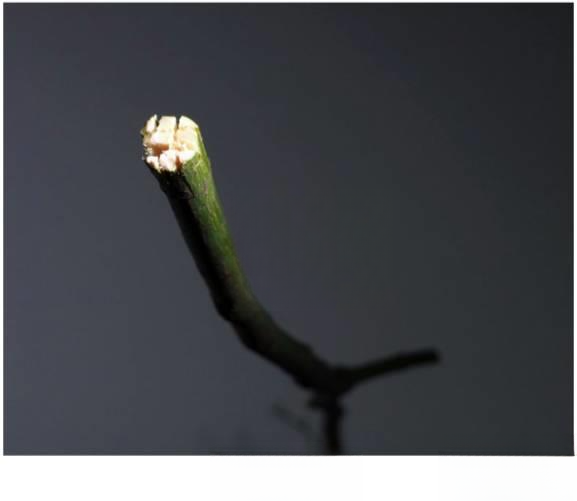
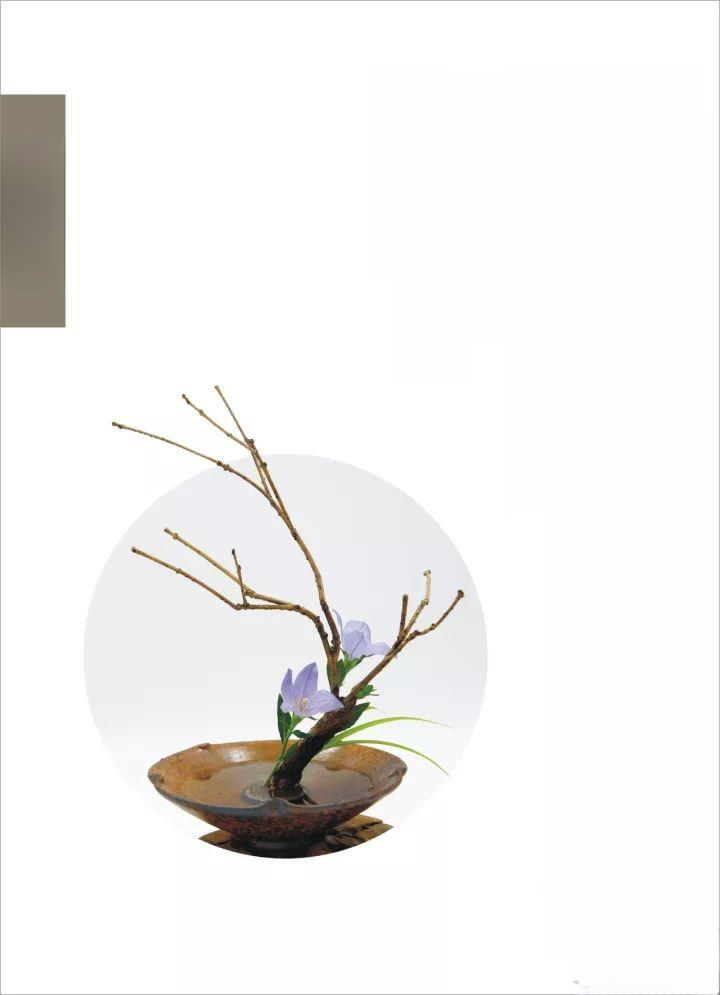
The above content is excerpted from the fifth chapter of "Zen Art Flower Arrangement", the first monograph on Zen flowers, edited by Liu Minghua and Gao Hua. The book has more than 300 pages and more than 200 illustrations. It has important self-study and collection value and is a must-have reference book for those who love Zen flowers. Readers who need to buy can order from the Zen Art Club (add WeChat ID: zenartclub), pay with WeChat, and express delivery to your door. For wholesale, group purchase, and institutions using it as a teaching material, pleasecontact Mr. He at 13917878218.
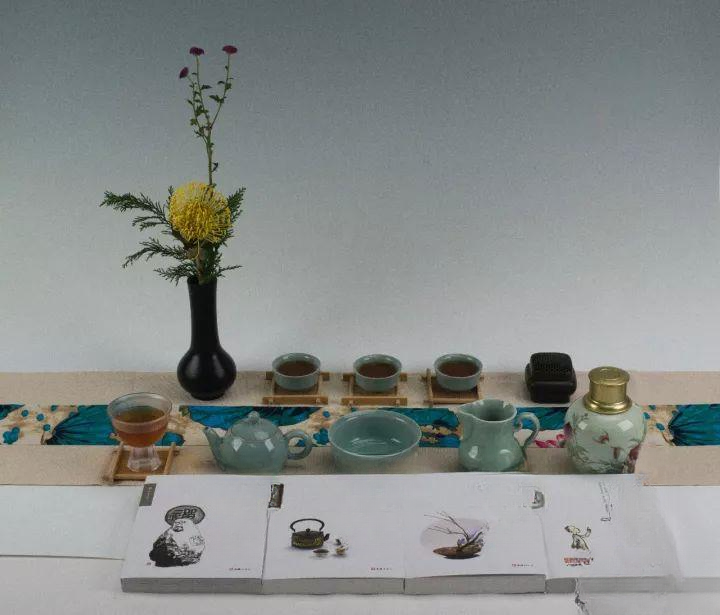
The Zen Art and Culture Series has published four books:
Price of "Zen Art Flower Arrangement": 78 yuan (full color printing)
"Zen Art Tea Ceremony" Price: 48 yuan
Price of "Zen Art Inscription": 48 yuan
Price of "Zen Art Spring and Autumn": 48 yuan
**For two or more signed books by the author, please buy at the list price**, free postage; for two or more books not signed by the author, 20% off, free postage.
Fast payment, express delivery to your door!